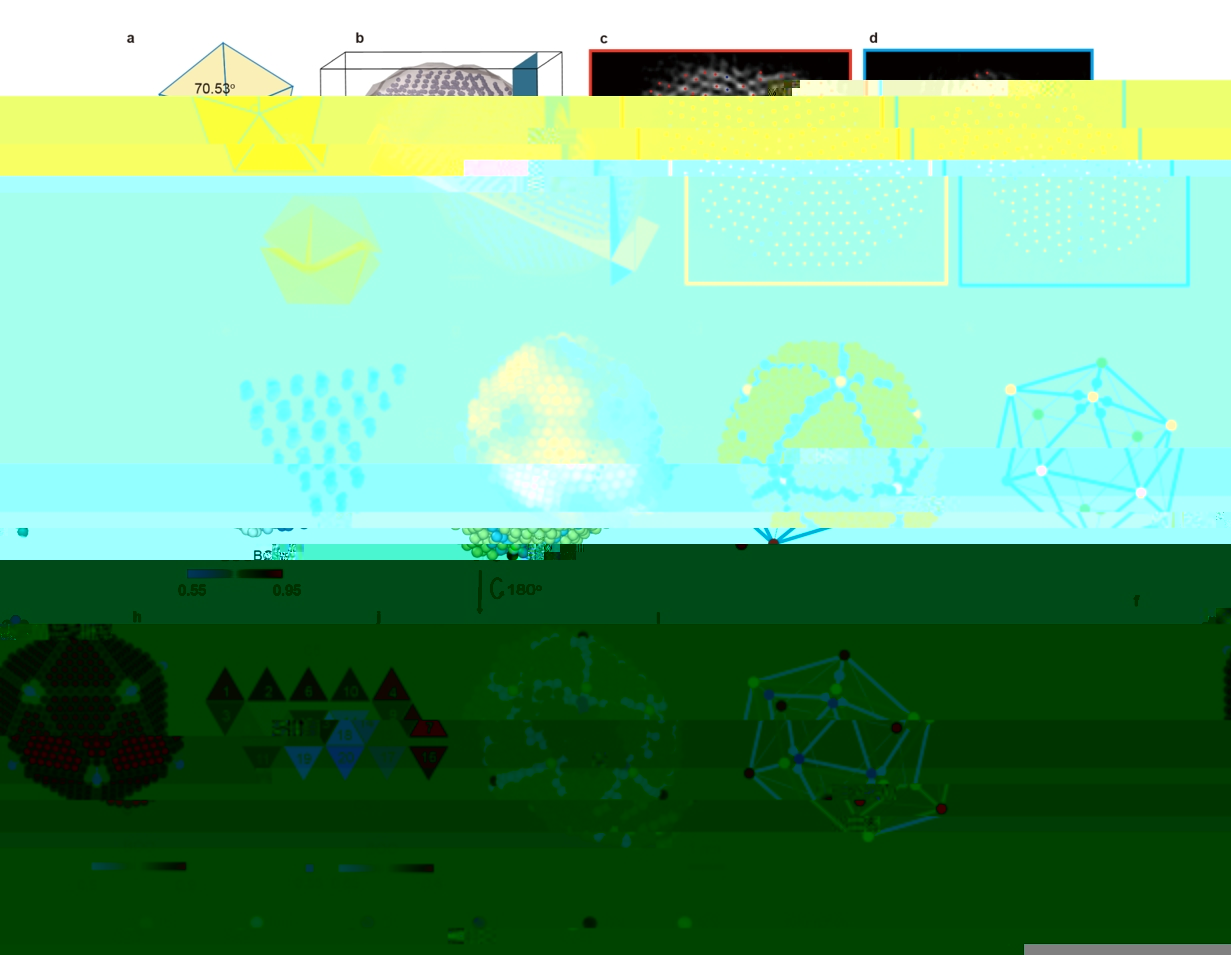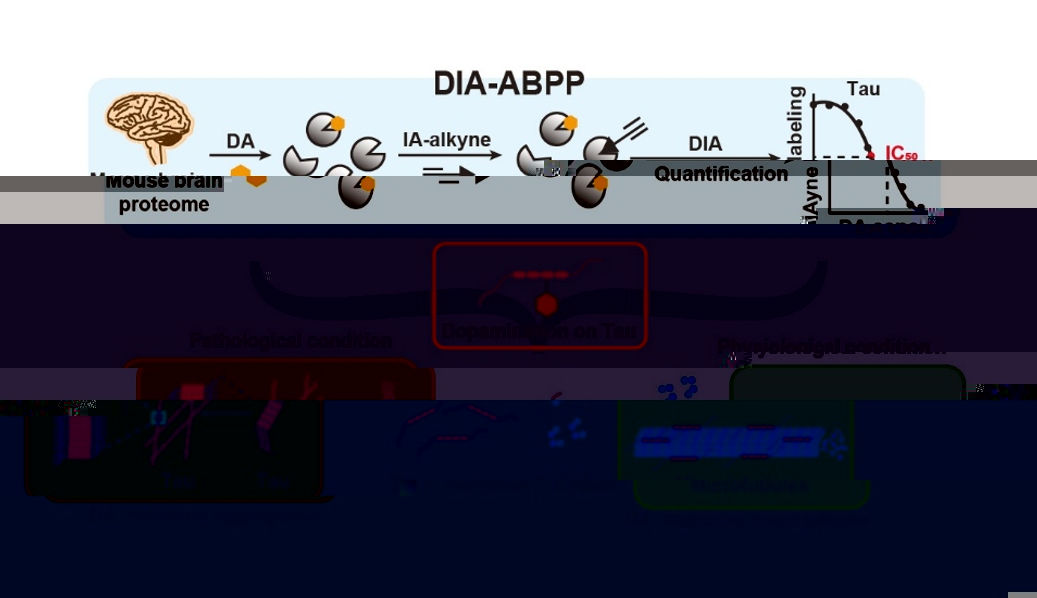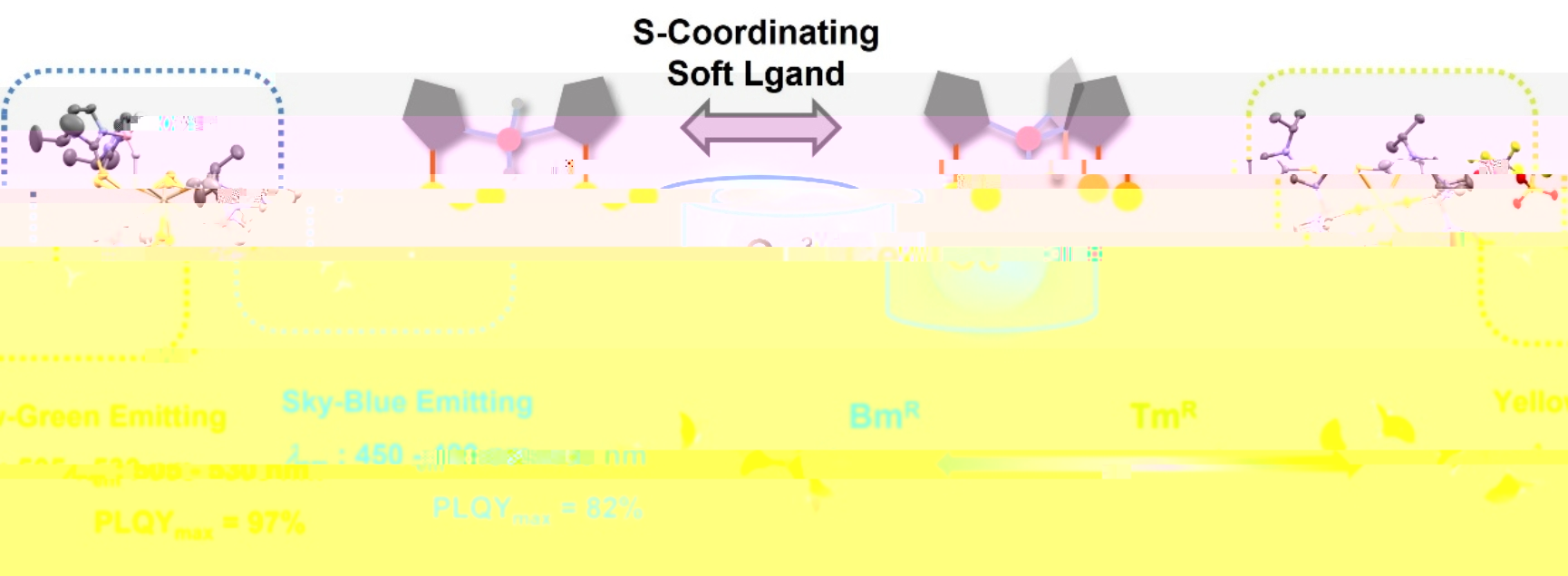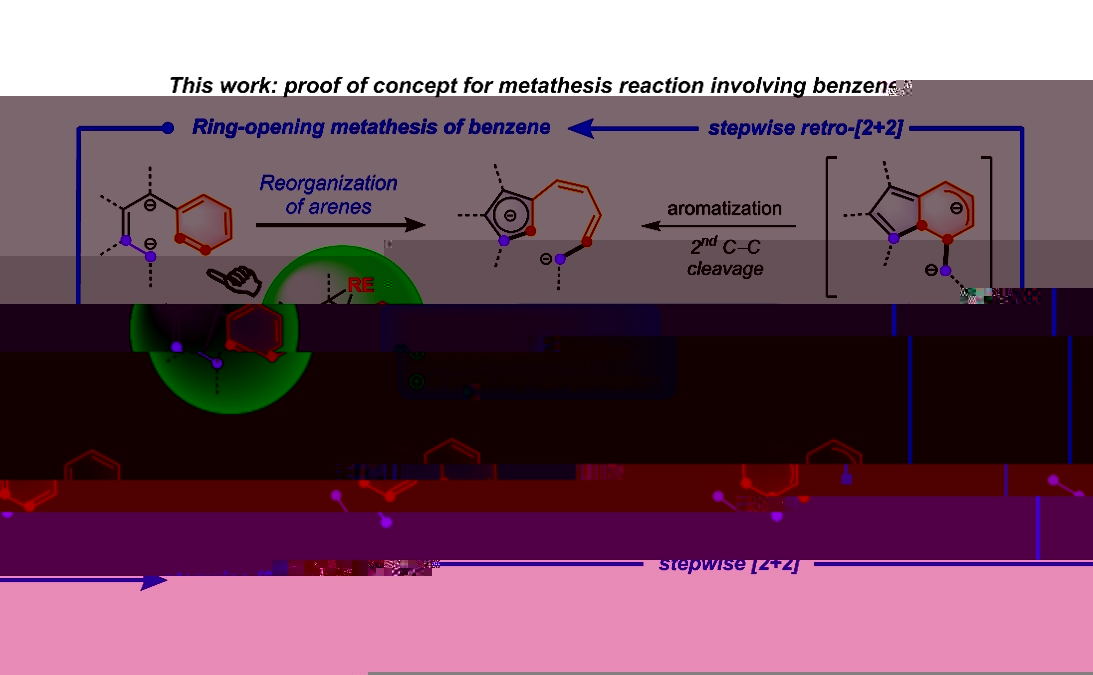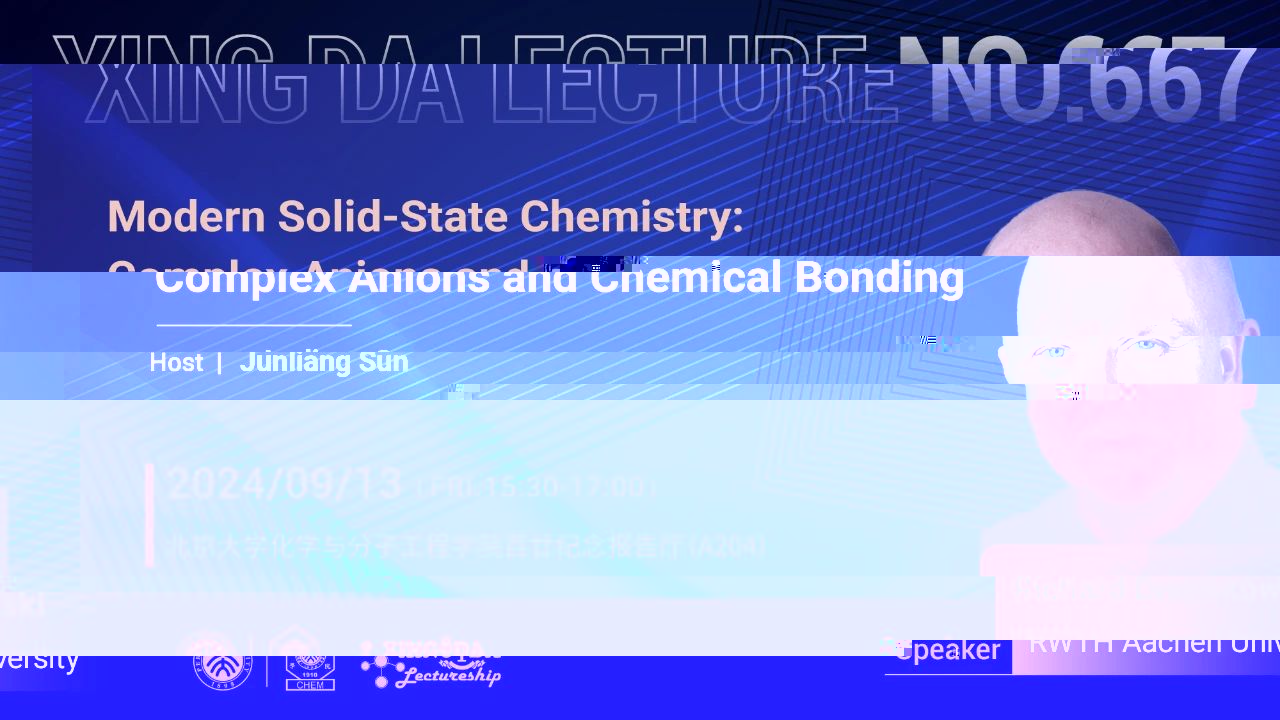
Abstract
The current objects of modern materials science (mostly elements, a plethora of oxides, a few nitrides) are chemically ancient, often stemming from the late 19th century. Largely unnoticed, however, modern solid-state chemistry has shifted its focus, for example, towards complex anions such as the carbodiimide (NCN2−) unit which allows, by metathesis, for metastable, yet inert materials never seen before. These form the material basis for novel properties and applications, impossible to carry out by standard compounds.To proceed more rationally and scientifically, investigating whatever kind of materials by quantum-chemical analyses is a worthwhile goal allowing for understanding their properties in terms of atoms and bonds, not simply by “total energy”. While most quantum-mechanical calculations are carried out by the plane-wave pseudopotential combination, the LOBSTER quantum-chemical computer program bridges the wide gap towards insight. This strategy will be demonstrated by various molecular and solid-state chemical-bonding problems.
Biography
Richard Dronskowski教授現任德國亞琛工業大學(RWTH Aachen University)無機化學研究所所長和教授以及固體化學和量子化學部主任。他還兼任亞琛工業大學尤利希研究中心(Research CenterJülich)從頭計算模拟實驗室主任日本東北大學客座教授等。曾獲奧托-哈恩金獎(Otto Hahn Medal)德國應用化學獎工大創新獎等多項獎勵。現為《固态化學》、《無機物》、《凝聚态物理》等多個國際學術期刊編委,任歐洲散裂中子源科學顧問。在國際核心期刊上發表學術論文420篇。主要研究方向為固态合成化學、量子化學、晶體化學、中子衍射研究等 。
個人主頁:http://www.ssc.rwth-aachen.de/print.php?menuID=2


